Discovering the perfect sushi rice substitute can transform your homemade sushi into a culinary masterpiece. Explore these nine great options that promise to elevate your sushi-making experience.
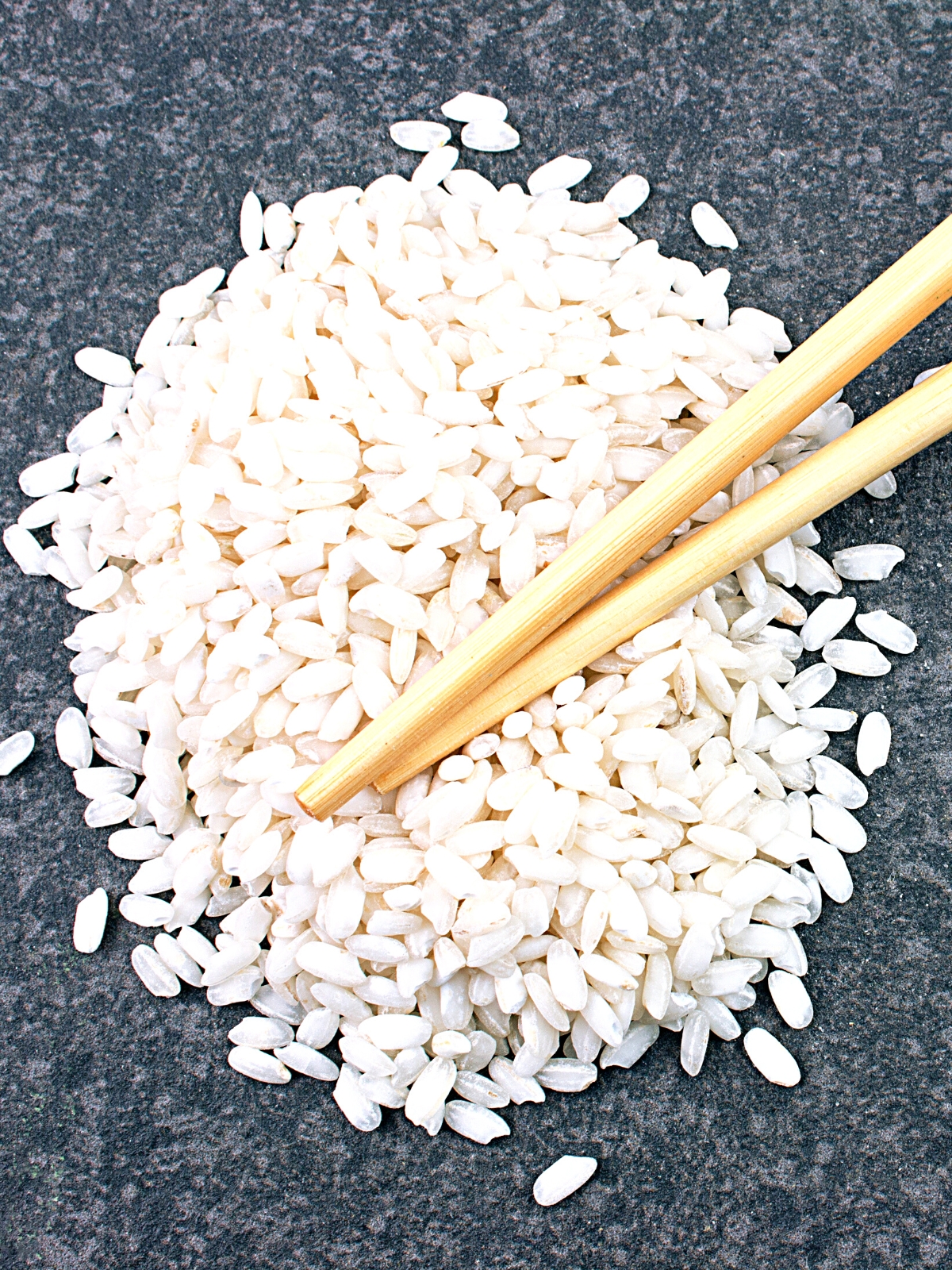
Jump to:
🌾 Grain Highlights
- Have you ever thought about switching up your sushi game? These nine simple but effective substitutes promise to take your sushi-making experience to a whole new level.
- From short-grain white rice to quinoa, each option brings its own unique flavor and texture to the table. You'll learn how to use them effectively to create delicious sushi rolls with a twist.
- Want to nail the perfect stickiness for your sushi? I'll share my top tips, like rinsing rice thoroughly before cooking and adjusting seasoning for optimal flavor. Plus, I'll help you avoid common pitfalls like overcooking cauliflower rice.
📜 List of 9 Delicious Sushi Rice Substitutes
Before we explore sushi rice substitutes, let's grasp what makes traditional sushi rice special: the perfect balance of stickiness, sweetness, and vinegar tang. As we explore into these nine options, remember they each bring unique traits, aiming to replicate or enhance traditional flavors. Whether you're experimenting with grains or opting for low-carb, my list offers choices that honor sushi's essence while adding a new twist.
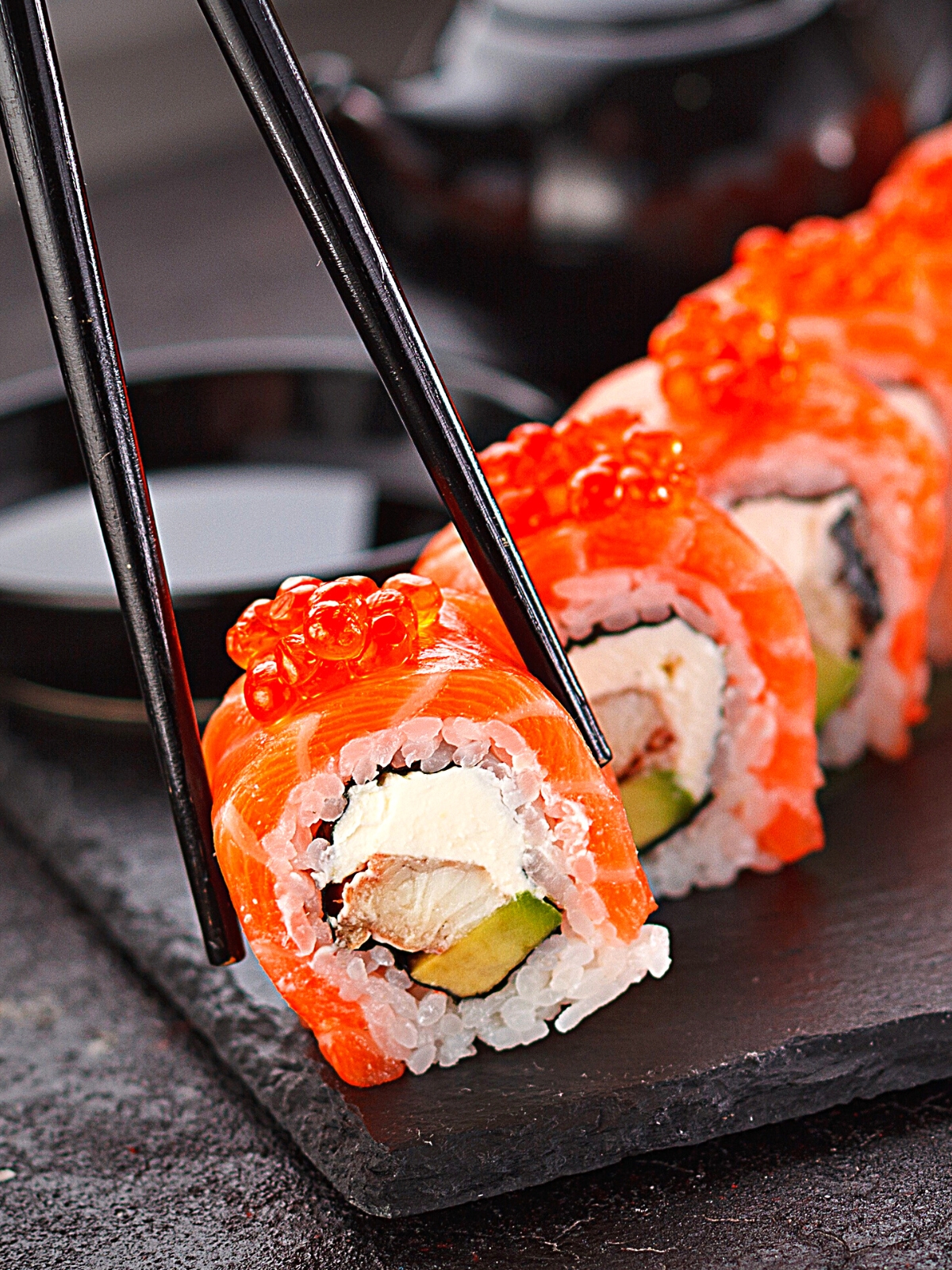
1. Short-Grain White Rice
When you're out of sushi rice, short-grain white rice is your go-to substitute. Its small grains become sticky and clump together when cooked, closely mimicking the texture of sushi rice. This makes it ideal for sushi rolls, as it can hold fillings and maintain shape just as well.
To achieve the best stickiness for your sushi, I recommend you rinse the rice thoroughly before cooking. This step removes excess starch, ensuring the rice reaches that ideal level of stickiness we're aiming for.
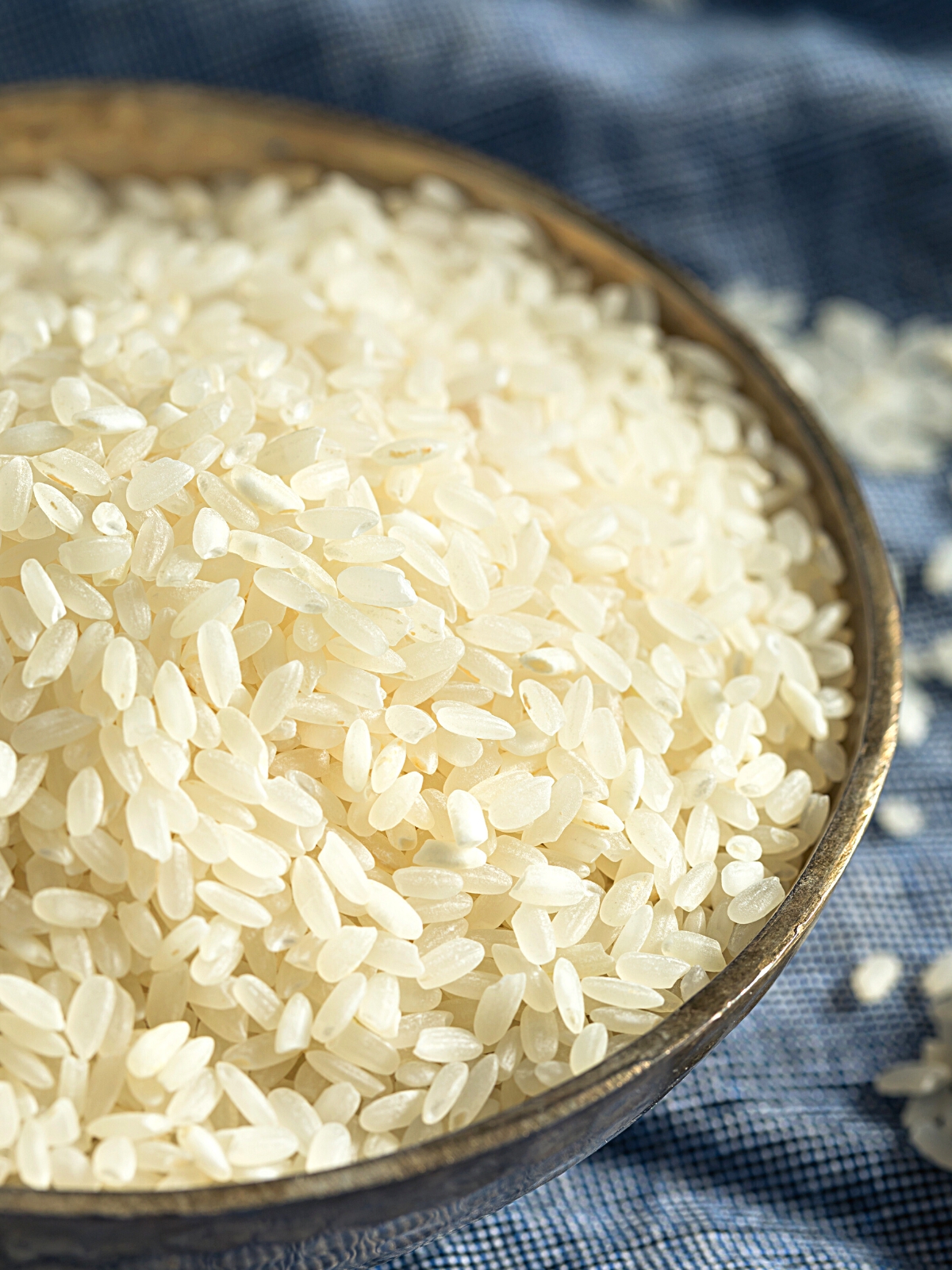
2. Arborio Rice
Arborio rice, typically used in risotto, is a surprising but effective alternative for sushi. Its high starch content creates a creamy, sticky texture once cooked, similar to what you'd expect from sushi rice.
While arborio grains are larger and the texture slightly different, they can still bind well around your sushi fillings. I also shared a recipe with step-by-step instructions on how to cook Arborio rice!
I recommend using a bit less water than usual to avoid overly mushy rice, aiming for a firmer bite that's closer to traditional sushi rice. To discover more about arborio substitutes that work well in creamy risotto dishes, I highly recommend checking out this informative article on arborio rice substitutes.
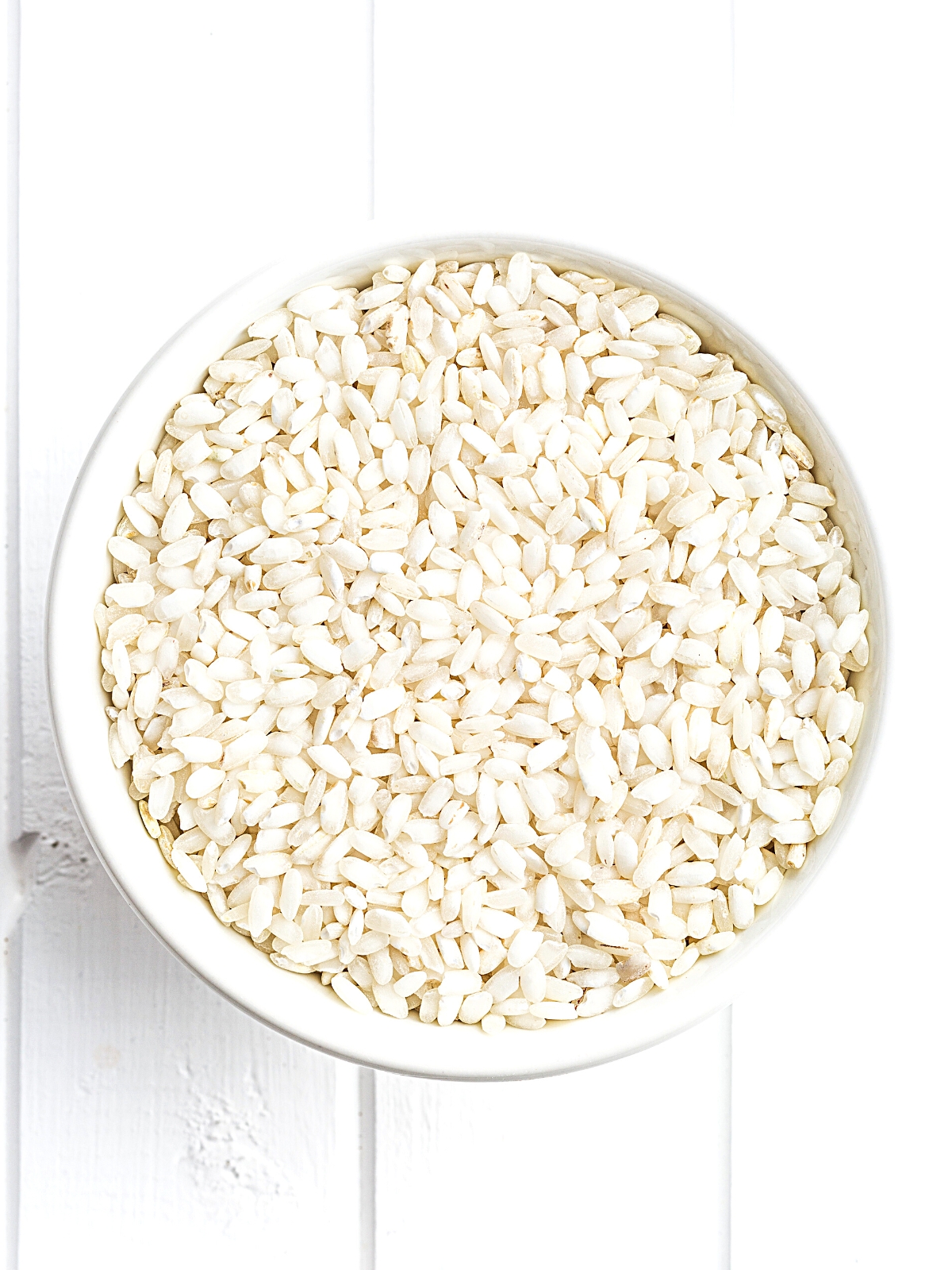
3. Calrose Rice
Calrose rice, a medium-grain variety, offers a balance between stickiness and fluffiness, standing in well for sushi rice. Originating from California, it has become a staple in many Asian cuisines and sushi preparations outside Japan.
Its grains stick together nicely when cooked, making it easy to shape for sushi. To achieve the best texture, let the rice cool slightly before using it to make your sushi rolls, ensuring it's not too moist.
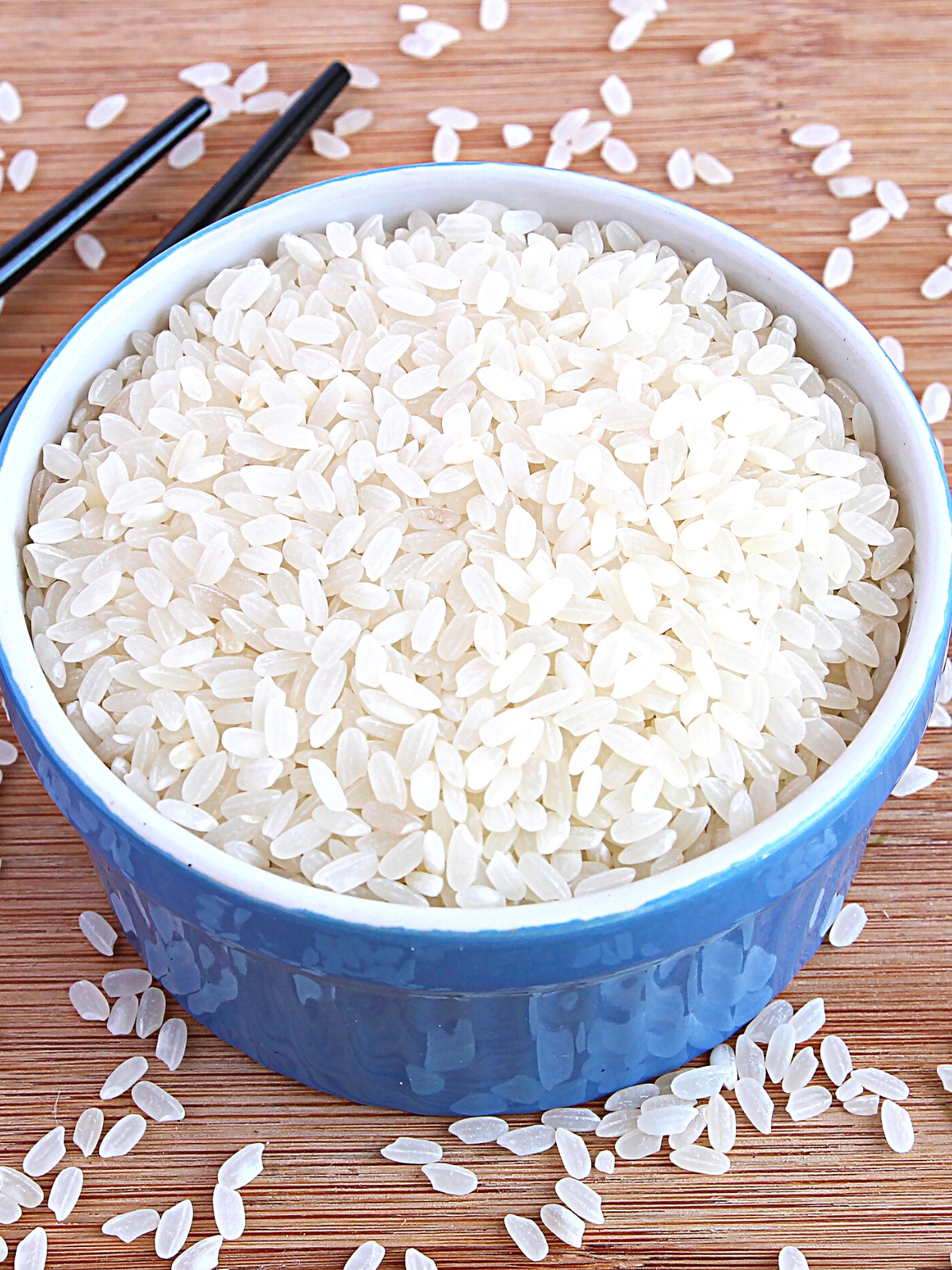
4. Sticky Black Rice
Sticky black rice, also known as forbidden rice, brings a unique twist to sushi with its deep purple, almost black color. It's not only visually striking but also has a sweet, nutty flavor and a sticky rice texture that's great for sushi.
Plus, it's packed with antioxidants making it a healthier choice. Remember, though, it takes longer to cook than regular sushi rice.
For a standout sushi dish, just add a touch of white rice vinegar and sugar to your black rice - a simple step that blends great taste with striking appeal.
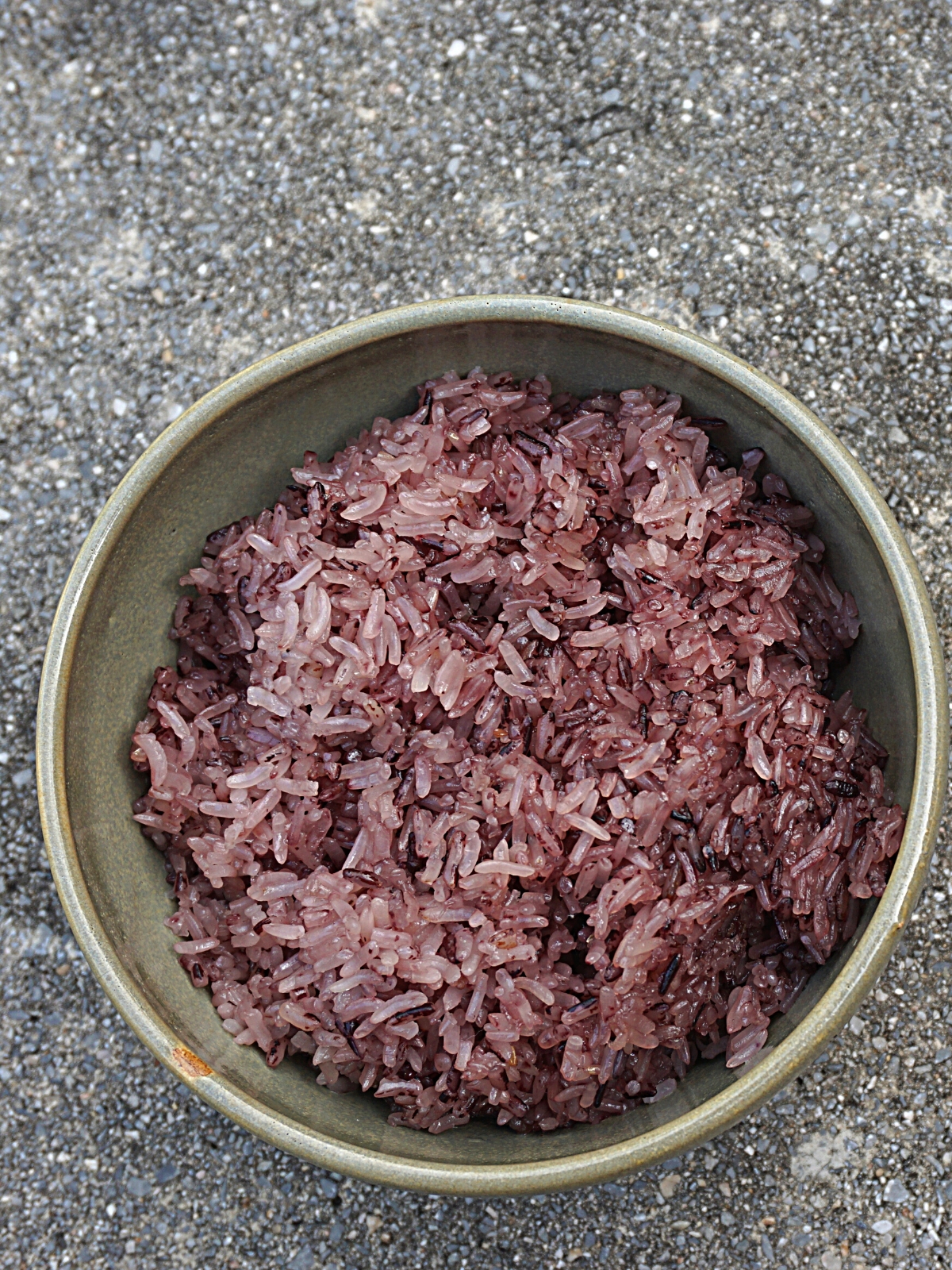
5. Brown Rice
Brown rice offers a nutty flavor and a chewy texture, making it a wholesome alternative to traditional sushi rice. Its high fiber content promotes digestive health, and its lower glycemic index helps regulate blood sugar levels.
When choosing brown rice for sushi, opt for short-grain varieties like brown sushi rice for a closer texture match. Remember to rinse it well before cooking to remove excess starch and ensure a firmer sushi roll.
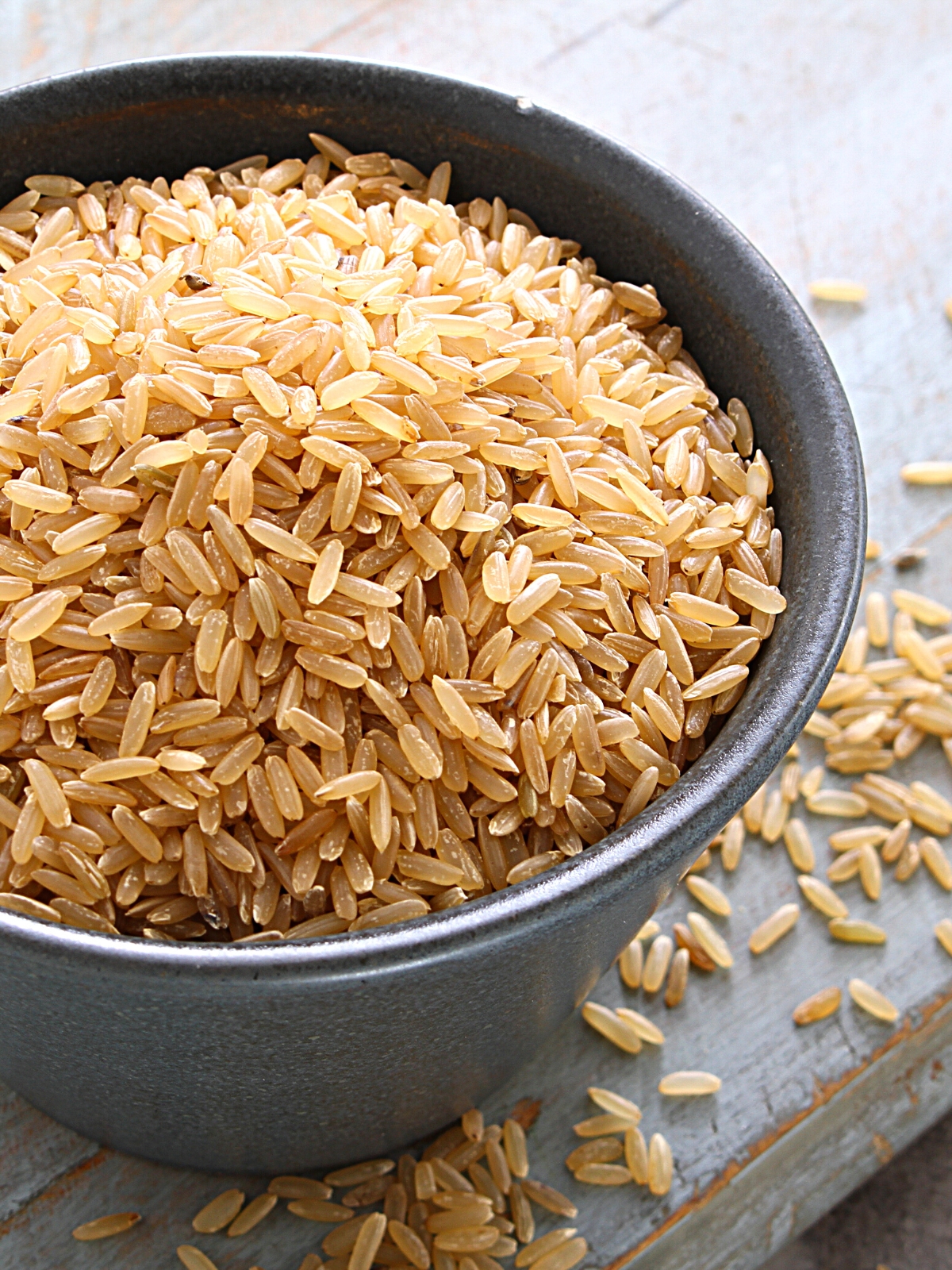
6. Pudding Rice
Pudding rice, also known as short-grain rice or pearl rice, is a creamy, starchy rice commonly used in desserts. Surprisingly, it can also serve as a suitable substitute for sushi rice due to its sticky texture when cooked.
One thing to keep in mind is adjusting the seasoning to balance its slightly sweeter taste compared to traditional sushi rice. This way, you'll ensure that your sushi rolls have the perfect flavor profile.
7. Bomba Rice
Bomba rice, renowned for its use in paella, boasts a unique ability to absorb flavors while maintaining its distinct shape and texture.
Its short, round grains and high starch content make it an excellent substitute for sushi rice, ensuring that your sushi rolls hold together without becoming mushy. When using bomba rice for sushi, cook it with a bit less water than usual to achieve the desired stickiness.
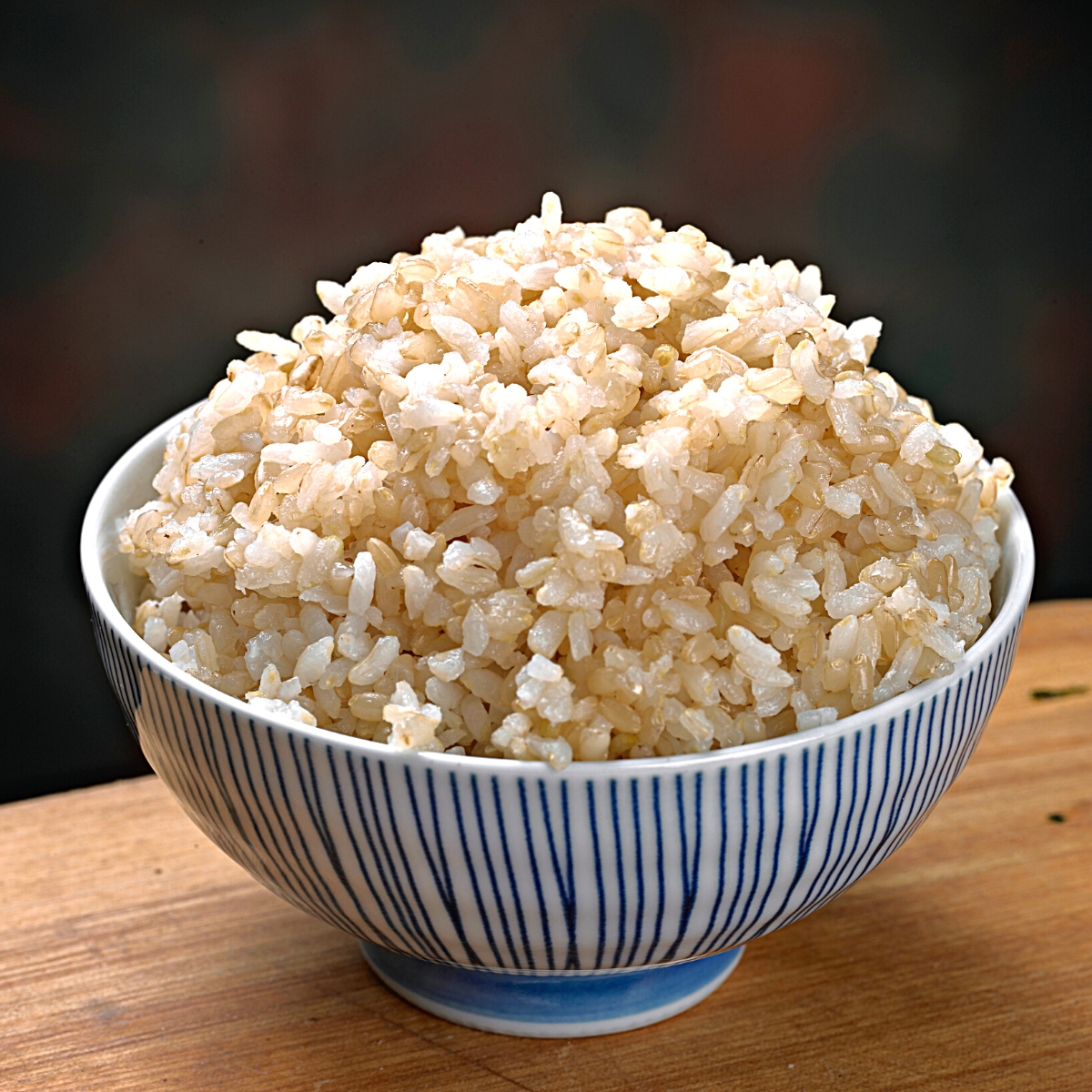
8. Cauliflower Rice
For a low-carb, grain-free alternative to sushi rice, consider cauliflower rice. It's easy to prepare by pulsing cauliflower florets in a food processor until they resemble rice grains, then steaming or sautéing until tender.
Cauliflower rice offers a light and refreshing base for sushi rolls, adding a subtle cruciferous flavor and plenty of nutrients. It's perfect for those looking to reduce their carbohydrate intake or incorporate more vegetables into their diet.
I often steer clear of overcooking cauliflower rice because it can result in a soggy texture. Instead, I aim to cook it just until tender, preserving its light and refreshing crunch.
9. Quinoa
For a nutrient-packed alternative to traditional sushi rice, quinoa is an excellent choice. It's a complete protein source, making it ideal for vegans and vegetarians. When using quinoa for sushi, cook it according to package instructions and let it cool before assembling your rolls.
One tip to keep in mind is fluffing the quinoa with a fork after cooking to prevent it from becoming too sticky. This way, you'll ensure that your sushi rolls have the perfect texture and flavor.
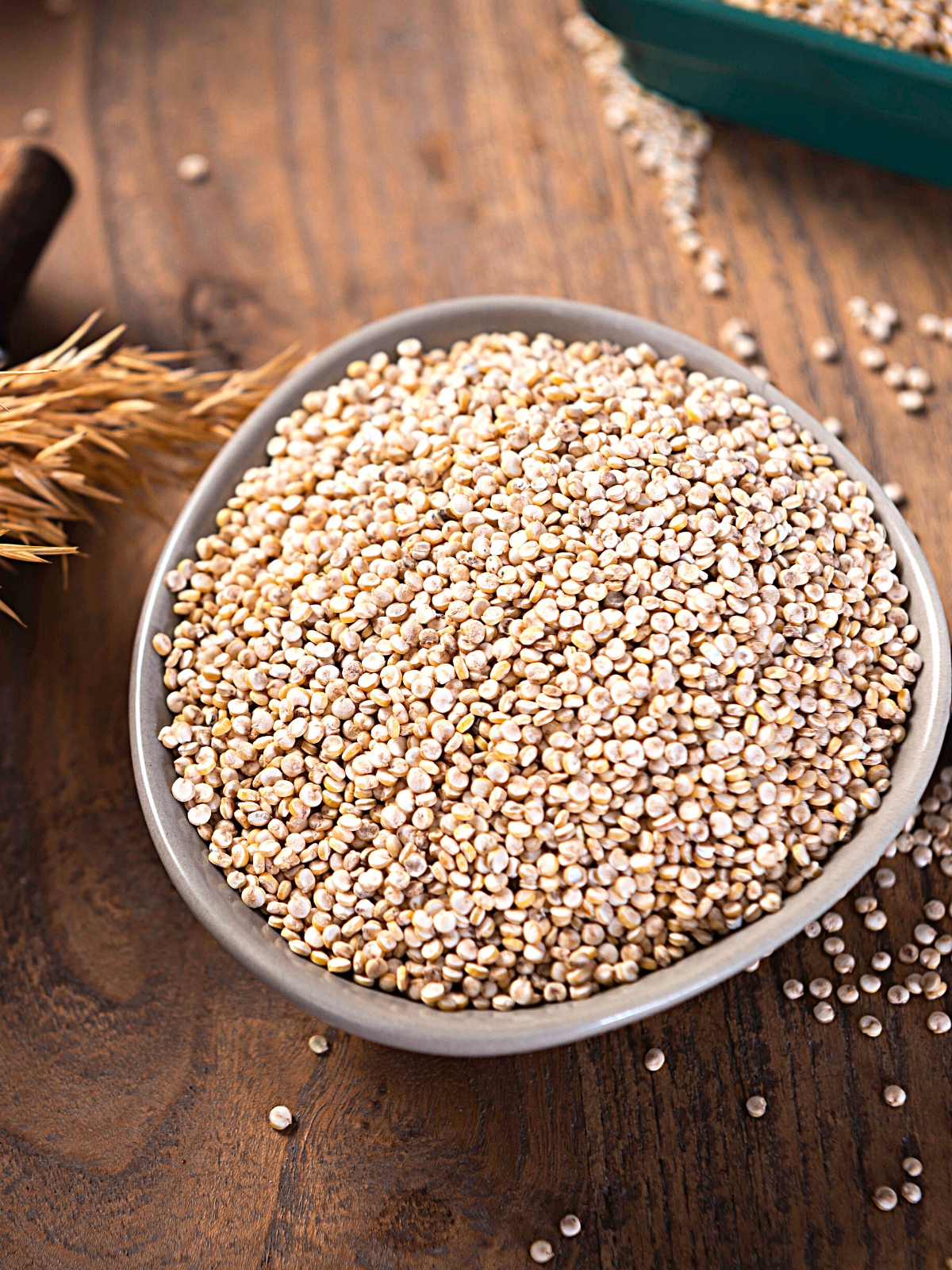
🙋♀️ People Also Ask [FAQs]
When selecting a sushi rice alternative, it's essential to consider your dietary requirements and flavor preferences. Opt for brown rice or quinoa for a healthier alternative; brown rice offers fiber benefits, while quinoa provides complete protein. Keep in mind that each substitute will influence the taste and texture of your sushi, so choose wisely based on your desired outcome.
When using alternative rice options for sushi, remember to rinse grains well to remove excess starch. Follow package instructions for water-to-grain ratios, and consider seasoning with sushi-su (a blend of rice vinegar, sugar, and salt) after cooking. Letting cooked grains cool ensures easier handling and better roll structure.

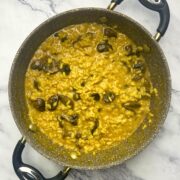

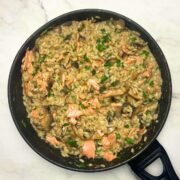
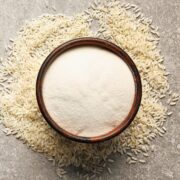
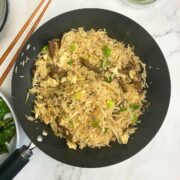
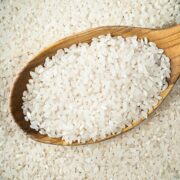
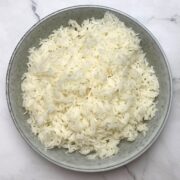
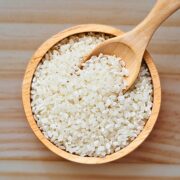
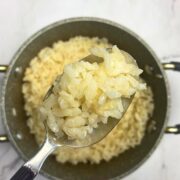
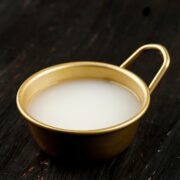
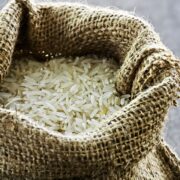
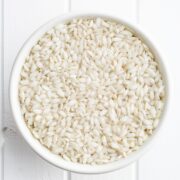
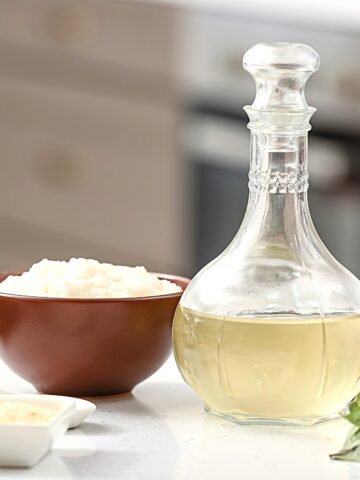
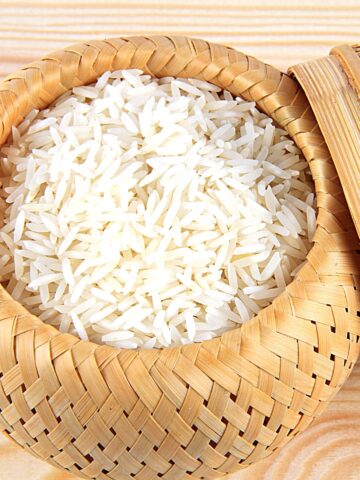
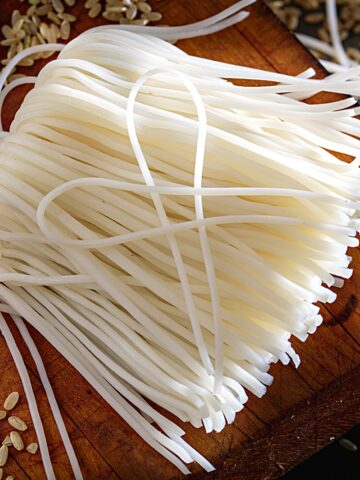
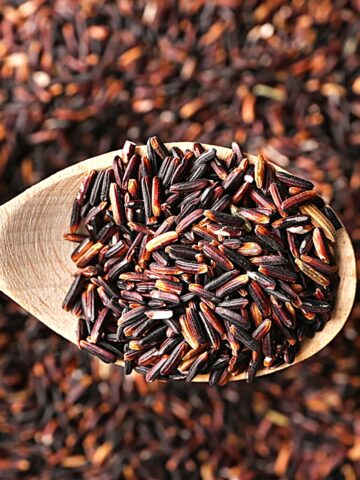
Maureen Dawe
is there a substitute for rice vinegar?
Elle John
Certainly, Maureen! Yes, you can substitute rice vinegar with apple cider, champagne, or sherry vinegar. If you're up for it, making your own is also an option. For a complete list of substitutes and a guide on DIY rice vinegar, check out my article here: substitute for rice vinegar.